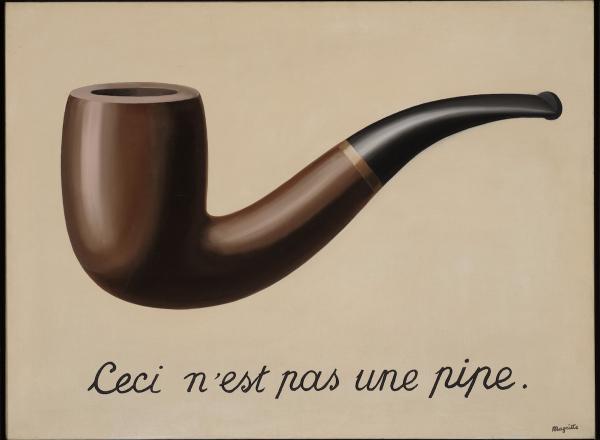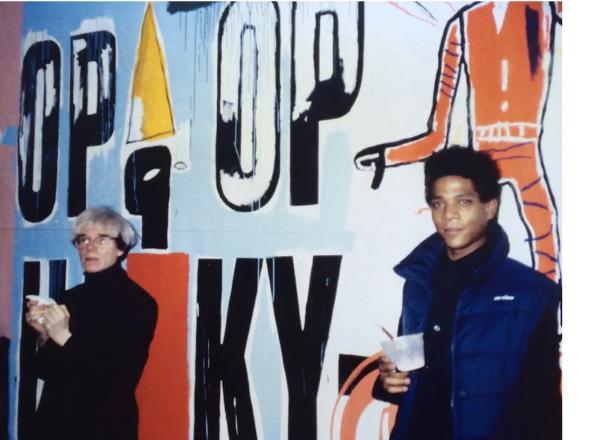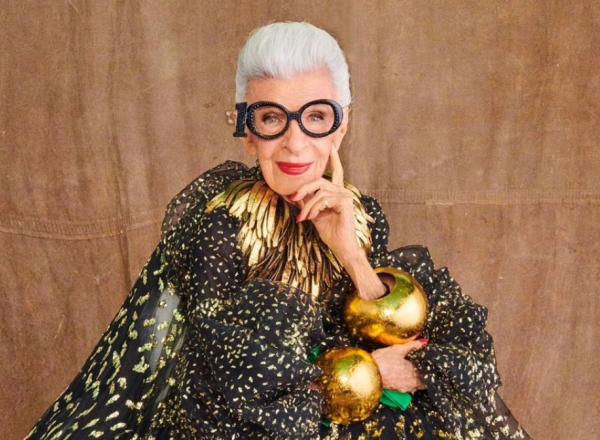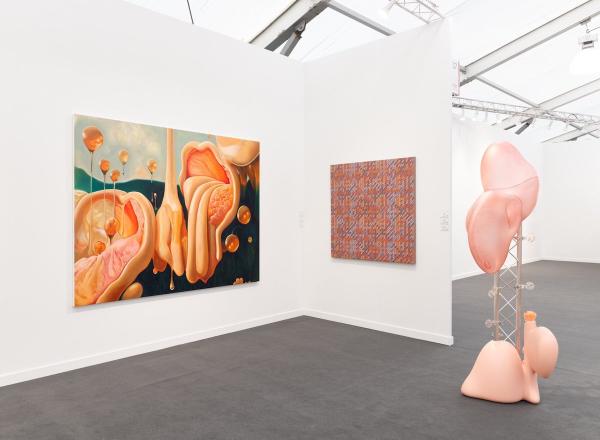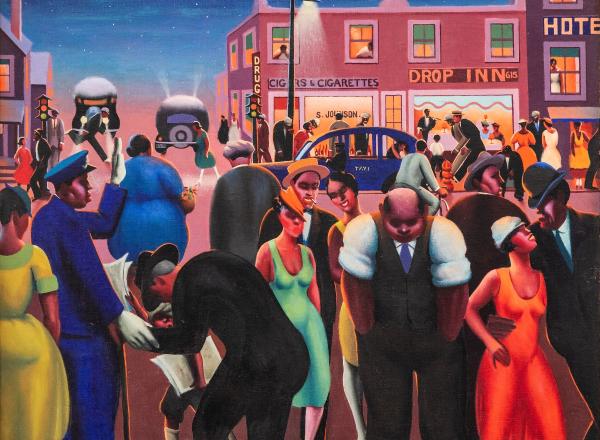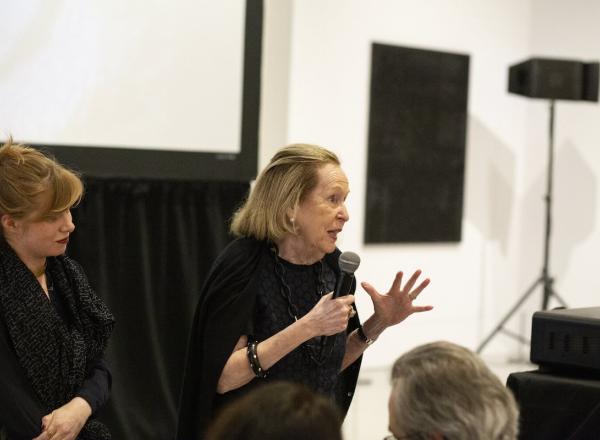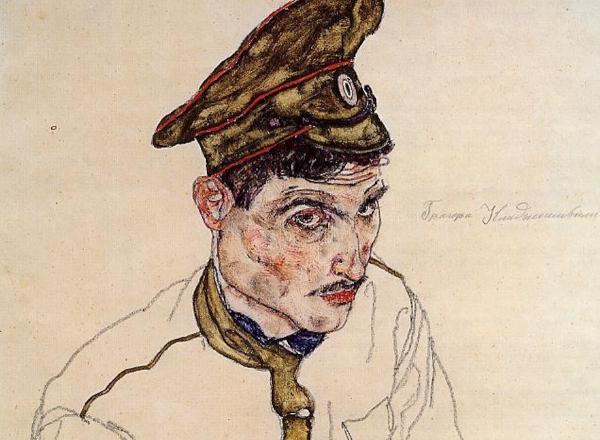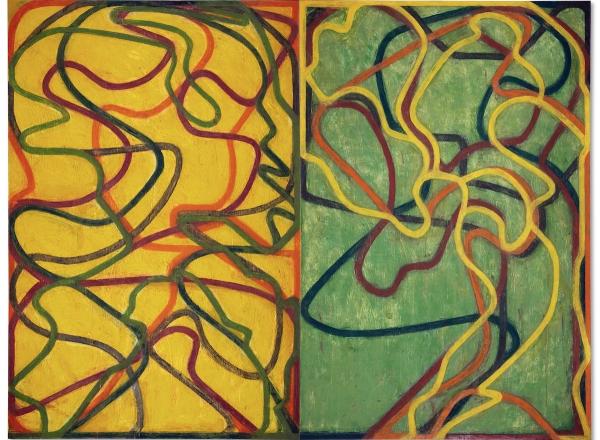Here are ten must-see works at LACMA, a museum that has a collection of over 150,000 objects that span 6,000 years of artistic creation.
Art News
Kansas City Chiefs’ tight end Taylor Swift squeeze Travis Kelce will finance the documentary Basquiat: King Pleasure, Riken Yamamoto wins the Pritzker Prize, and more news.
Flaco, who escaped the Central Park Zoo in 2023, and died on February 23, spent the past year roosting freely in locations around the Park.
When fashion icon Iris Apfel died at 102, she left a legacy of artful living.
Elton John said goodby to his Atlanta home through a series of eight sales.
The Harlem Renaissance and Transatlantic Modernism, The Metropolitan Museum of Art’s blockbuster exhibition, defines the Black cultural movement as a contemporary force.
Major Miami art collector and patron, Rosa de la Cruz, who founded one of the first art galleries in Miami, died on February 25 at the age of 81.
A work by Austrian Expressionist artist Egon Schiele is currently the subject of a battle between the Art Institute of Chicago and the Manhattan District Attorney’s office.
Brice Marden’s large-scale painting, Event, is expected to bring in over $30 million when it goes up for auction in May, setting a new record for the artist, and more news from the week.




